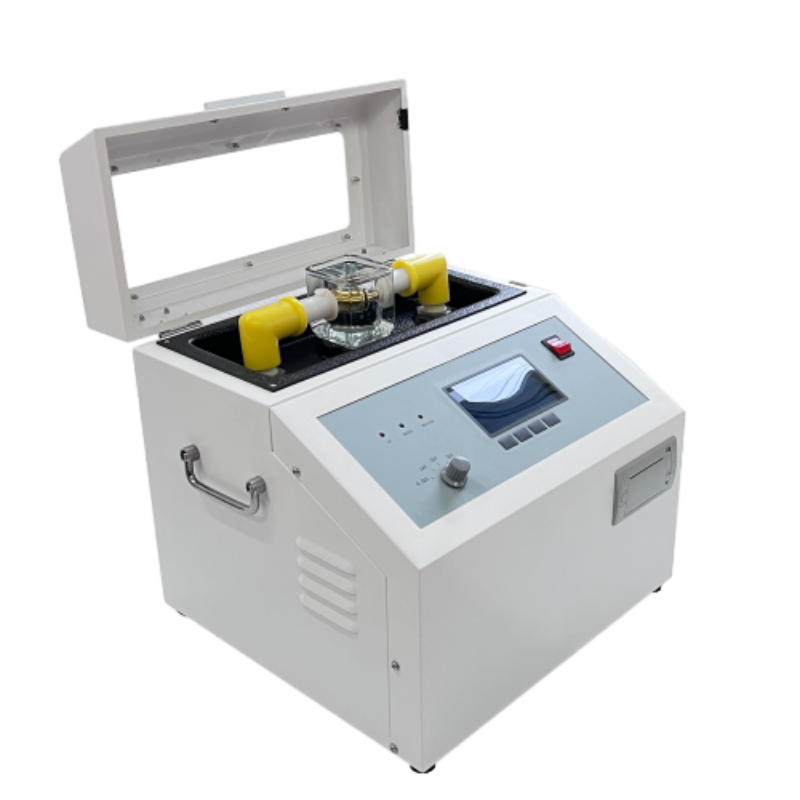 English
English


Understanding Hipot Testing for Electrical Transformers and Its Importance in Safety
Understanding Hipot Transformers Ensuring Electrical Safety
In the world of electrical engineering, ensuring the safety and reliability of electrical systems is paramount. One vital component in this domain is the Hipot transformer, an essential tool used to perform high voltage testing on electrical equipment. The term Hipot is derived from high potential, and these transformers are designed to test the insulation and dielectric strength of electrical devices by applying a high voltage that exceeds the normal operating voltage.
The Role of Hipot Testing
Hipot testing is crucial for various electrical components, including cables, transformers, circuit breakers, and electronic devices. The primary purpose of this testing is to ascertain the integrity of insulation materials and ensure that they can withstand potential over-voltage conditions. This process helps in identifying weaknesses that could lead to breakdowns, short circuits, or safety hazards, thus serving as a preventive measure against failures that can cause damages or pose electrical hazards.
How Hipot Transformers Work
Hipot transformers are specialized devices that convert input voltage to high voltage. They usually consist of a primary winding and a secondary winding. When AC voltage is applied to the primary side, it induces a much higher voltage on the secondary side due to the transformer’s turns ratio. The output can be controlled to deliver specific voltage levels required for testing.
There are two main types of Hipot tests dielectric withstand tests and insulation resistance tests. During a dielectric withstand test, the Hipot transformer applies a specified high voltage to the device under test (DUT) for a fixed duration, typically ranging from several seconds to a few minutes. The objective is to verify that the insulation can handle the applied voltage without breaking down.
On the other hand, insulation resistance testing involves applying a lower test voltage, usually between 250V and 1,000V, to measure the resistance of the insulation. Higher resistance values indicate better insulation quality, while lower resistance may suggest degradation or potential failure.
hipot transformer

Importance of Calibration and Safety
Calibration of Hipot transformers is critical to ensure accurate testing results. Regular checks and adjustments guarantee that the device operates within specified parameters, thereby minimizing the risk of false readings. Additionally, operators should always adhere to safety standards and guidelines when conducting Hipot tests. The high voltages involved pose significant risks, and proper personal protective equipment (PPE) such as gloves, insulating mats, and face shields should be used to reduce the possibility of accidents.
Furthermore, it is vital to have the right knowledge and training to execute Hipot testing effectively. This includes understanding the equipment being tested, the testing standards for specific applications, and the interpretation of test results. Companies often conduct thorough training sessions to ensure their personnel are well-prepared to handle these potentially hazardous situations.
Applications of Hipot Testing
Hipot testing is not only applicable in manufacturing environments but also during the installation and maintenance phases of electrical systems. Many industries, including power utilities, telecommunications, and aerospace, rely on Hipot tests to confirm the reliability and safety of their equipment.
In the manufacturing sector, Hipot tests are often part of the quality assurance process, ensuring that products meet regulatory requirements and industry standards before they reach the market. In maintenance protocols, routine Hipot testing can help identify insulation problems before they result in equipment failure, thus avoiding costly downtime and repairs.
Conclusion
In summary, Hipot transformers are integral to ensuring the safety, reliability, and longevity of electrical equipment. By performing high voltage tests, these devices help identify potential insulation failures early, thereby protecting both personnel and equipment. As technology evolves and demands for electrical safety increase, the significance of Hipot testing will continue to rise, underscoring the need for well-maintained and calibrated testing equipment in the electrical engineering field.
-
Differences between open cup flash point tester and closed cup flash point testerNewsOct.31,2024
-
The Reliable Load Tap ChangerNewsOct.23,2024
-
The Essential Guide to Hipot TestersNewsOct.23,2024
-
The Digital Insulation TesterNewsOct.23,2024
-
The Best Earth Loop Impedance Tester for SaleNewsOct.23,2024
-
Tan Delta Tester--The Essential Tool for Electrical Insulation TestingNewsOct.23,2024





